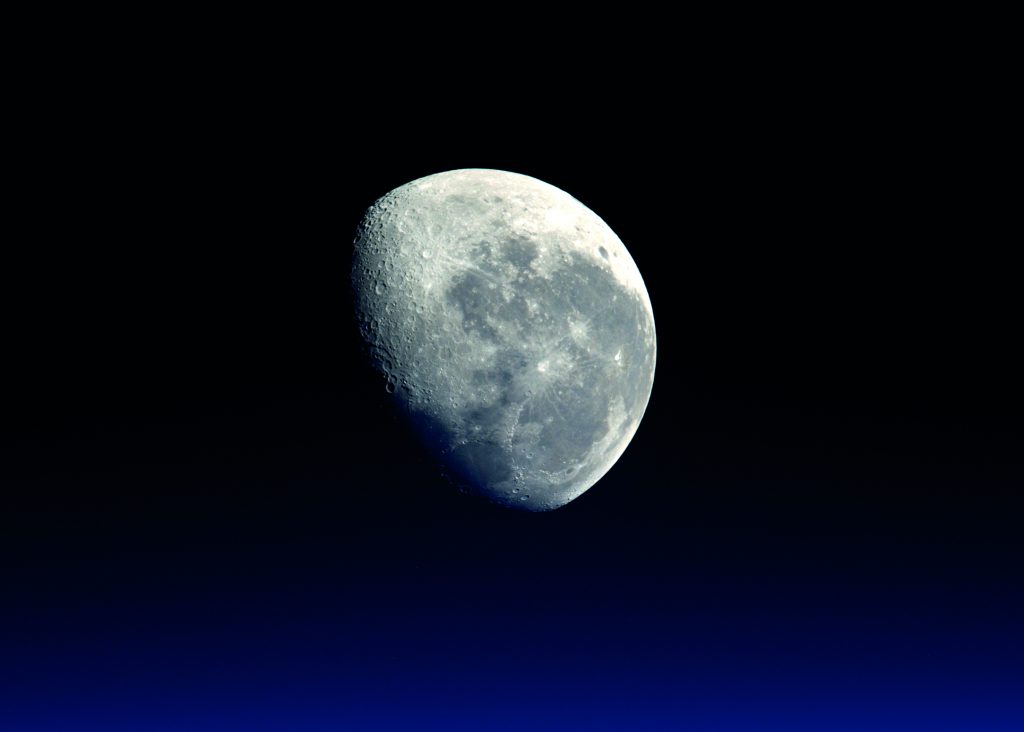
Stephen Hawking once said that ‘to confine our attention to terrestrial matters would be to limit the human spirit,’ and all must agree that there is little more mind-bogglingly wonderful than thinking about the scale, structure and order of the universe.
So what better way of exciting our children about Science – and indeed perhaps even what it means to be human – than by introducing them to Astronomy?
Here are some ideas on how we can encourage and feed curiosity:
Birthday stars
When we look into space we are looking back in time. While light travels very fast, given the scale of the universe, it can take many years for light to travel from stars to us. This means that there are stars that emitted the light we see today, in the year we were born! Use this site to find such a star
Toilet paper solar system
Even our modest solar system is huge with a scale that is difficult to imagine. And this is where toilet paper comes in. Using several rolls of toilet paper (and either a long garden or a few laps of the house), produce a scale model of the solar system using distance information from NASA (search ‘toilet paper solar system).
To provide representations of the sizes of the planets themselves is also possible: Using a toilet paper scale (450 sheets being the distance between Neptune and the sun), Jupiter, which measures 140,000km across, would be 1/100th the size of a piece of toilet paper, and the Earth would be ten times smaller than this!
Track the phases of the moon
Each day, over the course of a month, locate the moon and sketch its shape; after a few days, you will notice that the shape of the moon is changing. A ‘waxing’ moon is one that is growing larger while a ‘waning’ moon is one that appears to be getting smaller. Such a collection of pictures will look great on a child’s wall!
Locate constellations, planets and satellites
Using a printed star chart or an app (such as Stellarium or SkyView), identify the constellations – or asterisms – above you. Using small marshmallows and toothpicks you could model constellations before you go outside and hunt for them (and possibly then, toast your constellation models over a bonfire!).
Using the same star chart or app, look out for some of the planets, bright stars (Aldebaran, Capella or Vega, for example), the Milky Way, or even, if you get your timing right, the International Space Station as it orbits overhead.
Finally, and most obviously in South London, visit Greenwich Observatory, where you will be enthralled by the various exhibitions and the wonderful planetarium.
Learning science feeds our children’s curiosity, but Astronomy provides something more than other areas of science; As Arthur C. Clarke stated, “Astronomy, as nothing else can do, teaches men humility.”

